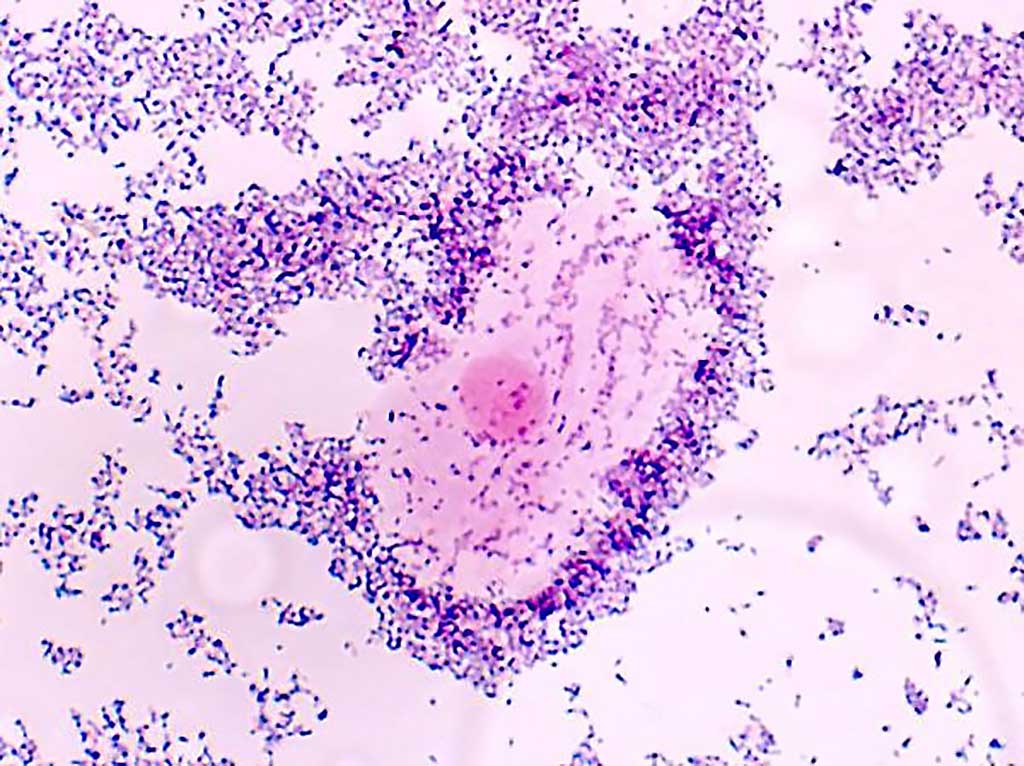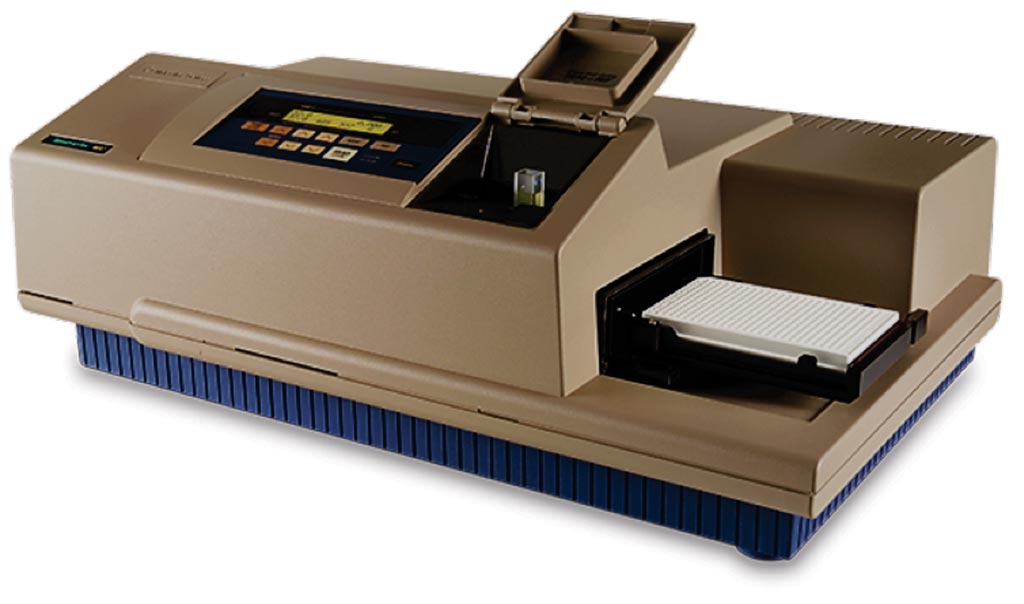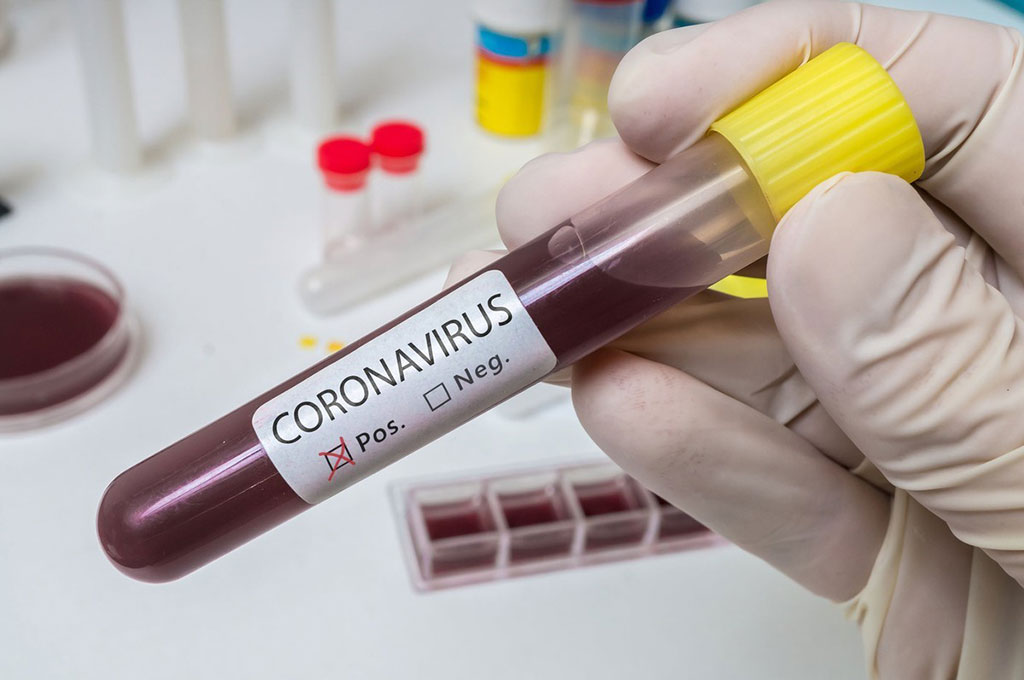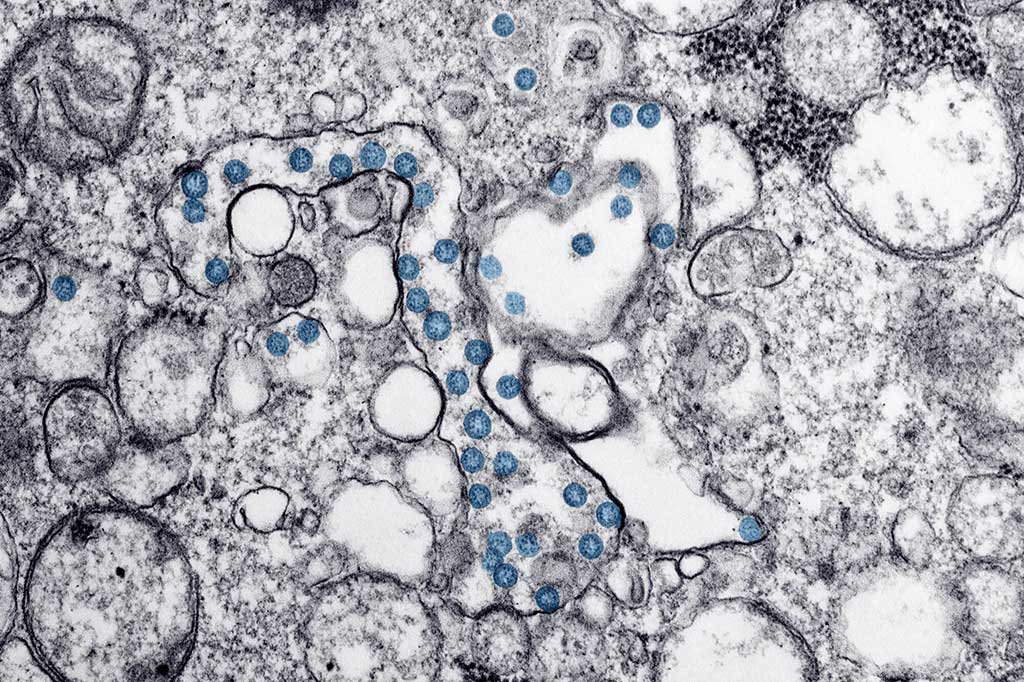Microbiology
SARS-CoV-2 Found in Sputum/Feces After Negative Pharyngeal Specimens
The outbreak of coronavirus disease 2019 (COVID-19) has become a global public health problem. In the absence of a specific therapy or vaccine, timely diagnosis and the establishment of a sufficient isolation period for infected individuals are critical to containment efforts. More...14 Apr 2020

Potential Microbial Markers Identified for Cervical Pre-Cancer Progression
Human papillomavirus (HPV) infection is one of the most common sexually transmitted infections. However, only a small percentage of high-risk (HR) HPV infections progress to cervical pre-cancer and cancer. The role of the cervicovaginal microbiome (CVM) in the natural history of HR-HPV has been investigated. More...08 Apr 2020

Deep Throat SARS-CoV-2 Viral Load Ascertained in Saliva Samples
Posterior oropharyngeal saliva samples are a non-invasive specimen more acceptable to patients and health-care workers. Unlike severe acute respiratory syndrome, patients with COVID-19 had the highest viral load near presentation, which could account for the fast-spreading nature of this epidemic. More...06 Apr 2020

Novel Rapid Test Developed for Detecting Carbapenemase
As a potent β-lactamase, carbapenemase can degrade almost all β-lactam antimicrobial drugs, including the carbapenems, regarded as the last line of therapy for many life-threatening infections. If uncontrolled, the spread of these carbapenemases is expected to increase therapeutic failure and leave many patients with no effective treatment options. More...02 Apr 2020


Factors Associated with ARDS in COVID-19 Identified
Patients with COVID-19 present primarily with fever, myalgia or fatigue, and dry cough. Although most patients are thought to have a favorable prognosis, older patients and those with chronic underlying conditions may have worse outcomes. More...30 Mar 2020

SARS-Cov-2 Specific Antibody Responses in COVID-19 Patients
The rapid identification of the etiology and the sharing of the genetic sequence of the virus, followed by international collaborative efforts initiated due to the emergence of SARS-CoV-2 have led to the rapid availability of real-time PCR diagnostic assays that support the case ascertainment and tracking of the outbreak. More...30 Mar 2020
In Other News
The COVID-19 Coronavirus Remains Viable for Hours or Days on Solid Surfaces
Plasma Virome of Brazilians with Unexplained Symptoms of Infection
SARS-CoV-2 Detected in Multiple Sample Types
Serial Procalcitonin Measurements Utilized in Hospitalized Community-Acquired Pneumonia
Microbiome Composition Predicts Outcome Among Stem Cell Transplant Patients
Gut Bacteria Linked to Pulmonary Artery Hypertension
High-Throughput Isothermal HPV Test Validated
Immuno-Magnetic Agglutination Assay Detects Dengue Virus Antigen
Analyzer Platform for Simultaneous Detection of Multiple Sexually Transmitted Infections Is Now CE-marked
Novel 3-Gene Transcriptional Signature Stratified for Tuberculosis Contacts
Novel Point-of-Care Device Simultaneously Detects Bacterial Growth and Tests Antibiotic Susceptibility
Point-Of-Care Molecular Tests Compared for Pediatric Influenza
Severe Strongyloidiasis Infection Reported in Kidney Transplant Recipients
The Randox Laboratories Diagnostic Test Distinguishes Coronavirus from Other Respiratory Infections
Anti-Dengue Virus IgM Detected in Urine
Autonomous Microchannel Analyzer Combines with Smartphone for Off-site Disease Diagnostics
D‐dimer Levels Predict Ischemic Stroke in Infective Endocarditis
Coronavirus News Flash: Industry Races to Offer Diagnostic Remedies
Two Rapid Tests for Diagnosis of the Novel Chinese Coronovirus
Rapid Antigenic Diagnostic Test Validated for Ebola Virus Disease
Rapid Diagnostic Tests Set to Distinguish Coronavirus from Other Respiratory Infections
Novel Reliable Assay for Tuberculosis and LTBI Tested
Two Chikungunya Virus IgM Enzyme-Linked Immunoassays Evaluated
The LabMedica Microbiology channel provides the latest news in the fields of epidemiology, bacteriology, virology, and parasitology, all viewed from the unique perspective of Laboratory Medicine.









 Analyzer.jpg)

